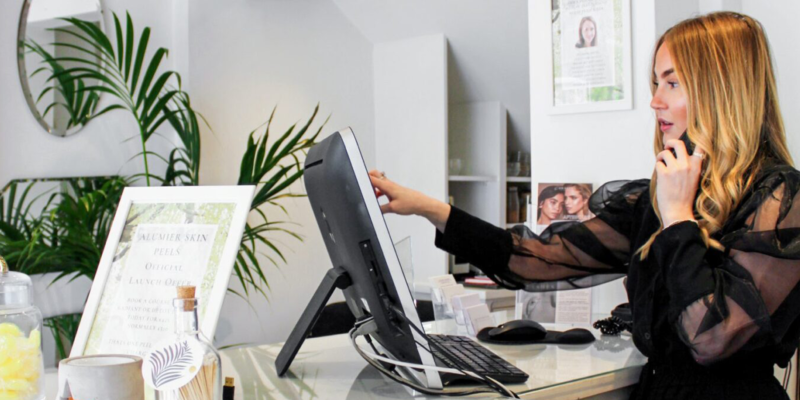The dreaded “SPOT’.
There are many different forms/ types of the common word ‘spot’, but do you know them or why they appear?
They fall under two categories depending on their severity and determine which type of acne breakout they are.
So let’s find out…
In an acne skin or a typically oily skin, ‘spots’ or ‘breakouts’ are very common. We have all experienced them even if you do not typically have an oily skin. We have all encountered be it one or two spots that reappear monthly or maybe a cluster that cant seem to disappear. They all vary in appearance and they can help us determine the type of skin condition or grade of acne we are trying to treat along with the advice needed to help manage the skin at home.
They fall under two categories, non inflammatory acne lesions, and inflammatory acne lesions.
NON-INFLAMMATORY LESIONS
*Commonly known as ‘blackheads’ – Technical name ‘open comedones’. An open pore that has become blocked with dead skin cells, bacteria and excess sebum (oil), which has become oxidised and turned dark in colour. These are commonly found around the nose, chin and forehead.
*Commonly known as ‘whiteheads’ – Technical name ‘closed comedones’. Again a pore that has become blocked with dead skin cells, bacteria and excess sebum but this time has become trapped and the white or yellowy substance is visible.
Both of these types of breakouts are known as ‘non inflammatory lesions’ and are a mild form of acne. Typically these are seen in alot of teenagers and adolescents.
INFLAMMATORY LESIONS
*Papules – These are the red raised bumps that show on the skin, they do not have a ‘head’ on them.They can sometimes cluster together. These occur when a blackhead or whitehead irritate or cause damage to the surrounding skin which then causes inflammation. Usually a papule will turn into a pustule within a few days.
*Pustules – Bumps on the skin that contain fluid or pus. A papule that has become inflamed and infected will cause the skin to bulge causing the red pus filled breakout. When a comedone ruptures and the bacteria is dispersed into the skin tissue (not on the surface, we are talking inside the skin) then our body will try to fight this bacteria with inflammation causing this red raised bump to fill with pus. They can look like a much larger inflamed whitehead.
*Nodules/cysts – A severe form of acne. When bacteria gets trapped under the skin an infection will occur in the sebaceous glands (gland that produce oil). This will cause the glands to become distorted, much bigger and become swollen. These nodules will look like a bump under the skin which will be red and also painful to touch. They will look like a larger and deeper papule. A cyst can look like a large red boil on the skin but like the nodules they will be deep under the skin. These contain pus and will be softer than the nodules. They are also painful to touch. These are the most severe type of acne blemish and can cause scaring.
*Macules – These are the marks left on the skin from an inflammatory lesion. Flat red marks are visible which can leave pigmentation and scarring on the skin.
There are products and treatments to help with them all and we will look at these in more depth in the coming days, stick with us!





